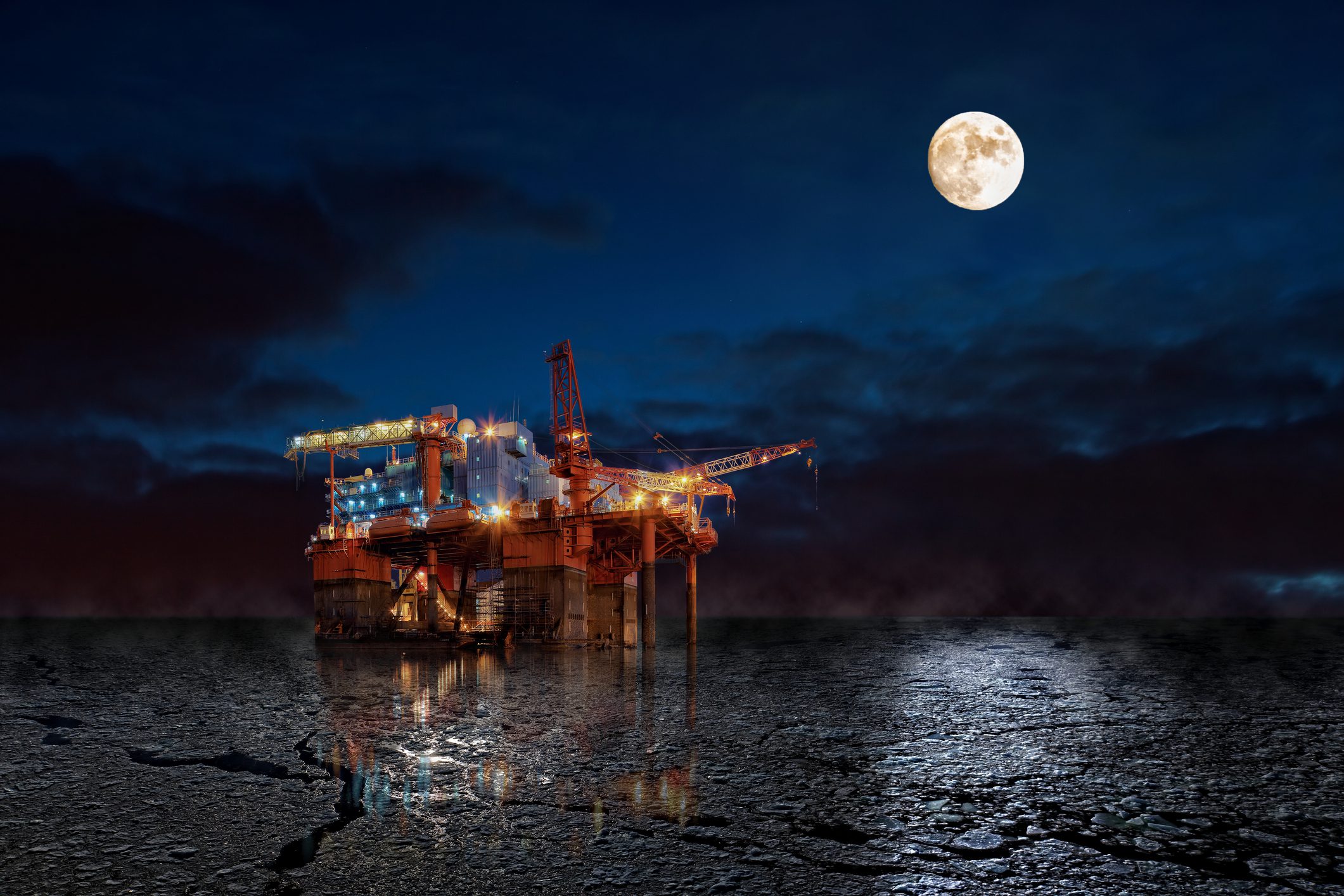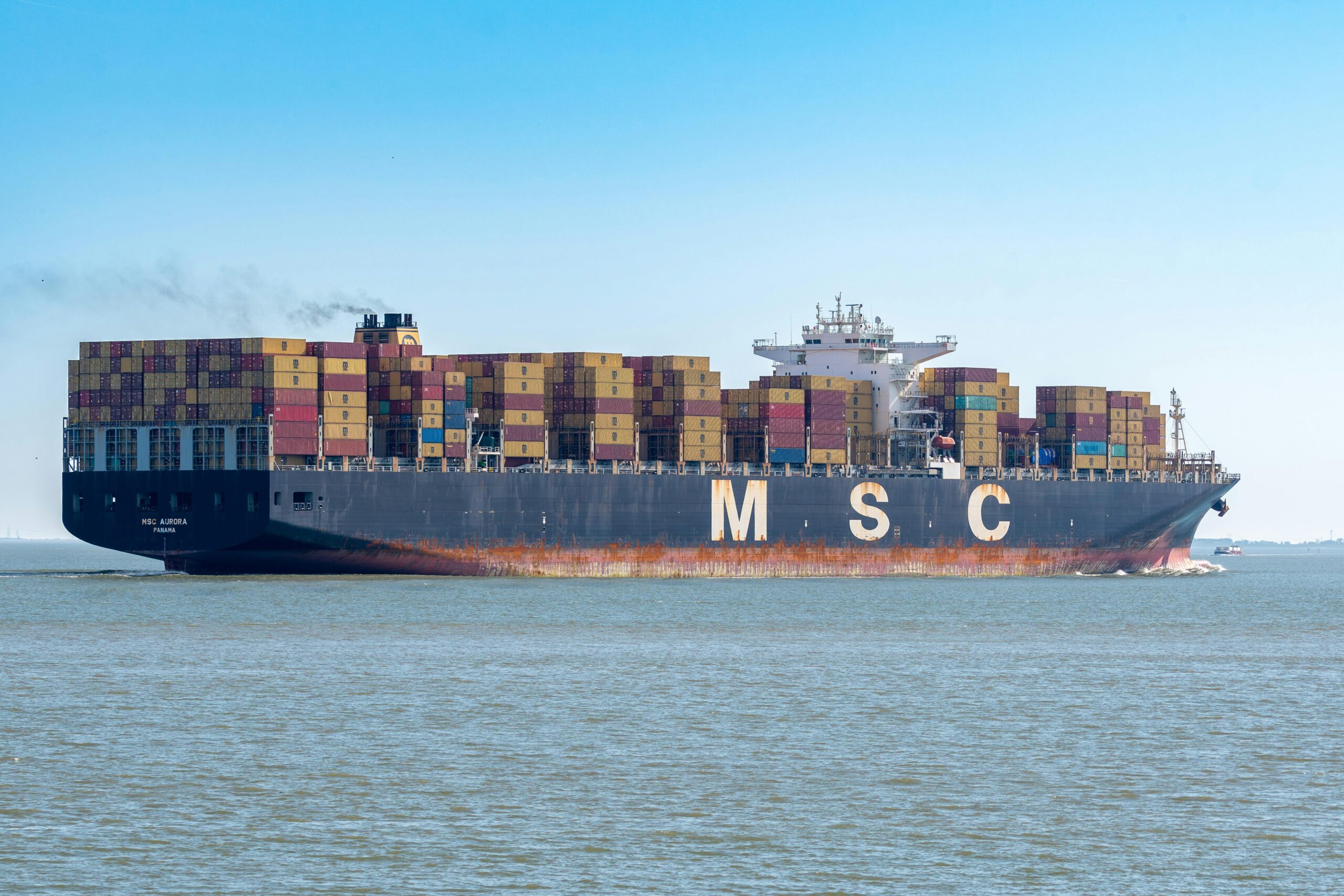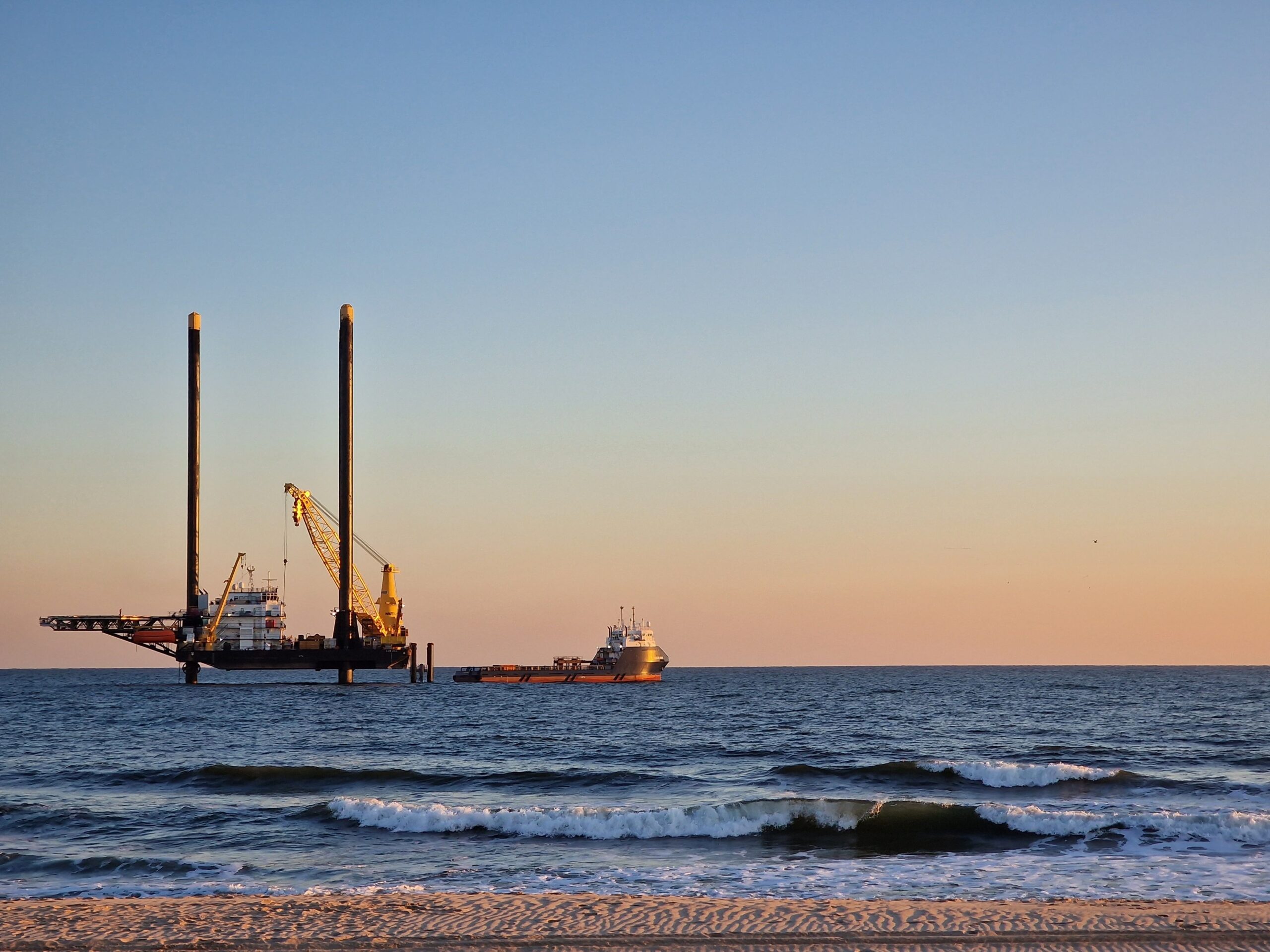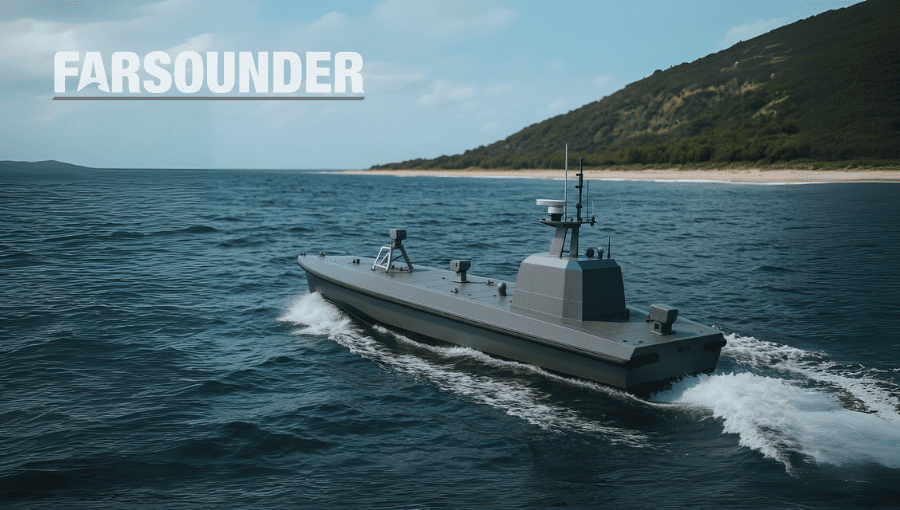December 21 marks the first day of winter in 2021. As temperatures drop across the Northern Hemisphere, maritime workers will face new challenges that put their safety to the test—making it crucial to understand the risks of working in cold weather and what can be done to minimize them. The truth is that safety in winter is possible when maritime employers and their crews have the proper training, equipment, and procedures.
The Risks of Working Offshore in Cold Weather
Cold temperatures and rough seas are the two primary hazards associated with winter maritime work. Just as the vessels and platforms where they work must be retrofitted against the cold and must be seaworthy enough to handle extreme temperatures and rough seas, offshore workers must be given the tools and support they need to function reliably. They must be cared for so they can carry out their duties safely and effectively.
Cold Temperatures & Wind Chill
Working in cold temperatures offshore can put crew members at risk of hypothermia, frostbite, and other serious injuries. The temperature itself is just one of the factors to consider. The wind chill is another. Even when temperatures do not drop too low, it can seem much colder when it’s windy. This is called the wind chill temperature. According to the National Weather Service, even a 5-mph wind in 40°F weather can make it seem like it’s 36°F. A 20-mph wind in 40°F weather will bring the wind chill temperature down to 30°F.
Wind increases the risks of hypothermia and frostbite for offshore workers. In 40°F weather with a 30-mph wind, frostbite can happen within 30 minutes. Hypothermia can set in at much lower temperatures if a person is exposed to the cold or is wet for a long time.
How cold is too cold? The Occupational Safety and Health Administration (OSHA) has a Winter Weather Guide that recommends a 4-hour work/warm-up schedule with 10-minute breaks at specific intervals to prevent cold stress injuries. Trench foot can occur at temperatures as high as 60°F. Hypothermia can occur at temperatures above 40°F if an offshore worker is wet from sea spray, rain, sweat, or water immersion.
Rough Seas
Even experienced seamen can become ill with severe nausea and vomiting when sea conditions are rough for extended periods. Seasickness also increases the chances of dehydration and malnutrition, which are already risk factors for offshore workers in cold weather. Maritime employers should provide medical care as necessary during rough seas. Diet adjustments can also be beneficial. Rough seas can also increase the likelihood of accidents such as falls overboard, slip and fall accidents, and other incidents caused by shifting machinery or equipment, workers losing their footing, and decks becoming slippery from sea spray.
Cold weather can affect offshore workers in many ways. It can cause severe injuries and even claim workers’ lives if they are not given the training, equipment, and support needed to stay safe and warm.
During the winter, maritime workers may be at risk of experiencing severe cold-related injuries:
- Frostbite occurs when the skin and underlying tissue are frozen, most often caused by exposure to cold temperatures. Frostbite can occur in varying degrees and may permanently damage the skin, muscle, nerves, bone, and other tissue. In severe cases, amputation may be necessary.
- Hypothermia occurs when a person’s body temperature falls below 95°F. This happens when the body loses heat faster than it can produce it. The major organs cannot function when the body’s temperature drops too low. Symptoms include uncontrollable shivering, slurred speech, clumsiness, shallow breathing, confusion, and loss of consciousness. Hypothermia will lead to death if untreated.
- Immersion foot, also called trench foot, occurs when the feet are exposed to wet and cold conditions. Wet feet lose heat 25 times faster than dry feet, which means that trench foot can occur at temperatures as high as 60°F. Symptoms include tingling, pain, swelling, numbness, and cramps in the feet. Skin and underlying tissue may die and fall off if the trench foot goes untreated.
- Dehydration is a less commonly known effect of winter weather. When offshore workers are cold, they are less likely to drink water, yet their bodies are working overtime to stay warm. Drinking lots of water and warm, sweet (non-alcoholic and caffeine-free) drinks are ideal ways to stay hydrated.
- Fatigue is another effect of cold temperatures. When constantly exposed to cool or cold temperatures, bodies burn more calories and work harder to stay warm. They are likely to become fatigued more quickly, making it essential to monitor signs of weariness and possibly shorten shift times accordingly.
- Working in the cold can have psychological effects. Lower temperatures can affect mental function just like they affect physical function, and offshore workers can experience increased stress, diminished mental alertness, and behavioral changes if exposed to the cold for too long.
These cold-related injuries are life-changing. Some are fatal. Fortunately, something can be done to prevent them. Those seamen who are injured may be entitled to maintenance and cure and financial compensation under the Jones Act or other applicable maritime laws.
What Can Be Done to Protect Offshore Workers in Winter Weather?
The companies responsible for leasing and operating offshore rigs, commercial fishing vessels, barges, cruise ships, and other maritime vessels have an obligation to maintain seaworthy vessels and protect their crews from undue harm. This includes providing reasonable protection during the winter. Offshore workers should not have to endanger their lives just to provide for themselves and their families—and yet this is what happens when proper measures are not taken in cold and near-freezing temperatures.
Oil and gas companies and other maritime employers can protect their crews by:
- Providing proper nutrition. Offshore workers will likely need to increase their calorie intake during colder months. They’ll be burning more calories working in the cold to sustain their body temperatures than they would in milder seasons. High-calorie snacks, nutritious meals, lots of water, and warm, sweet drinks (that do not contain caffeine or alcohol) are best.
- Providing protective clothing. Anti-exposure suits, dry suits, boots, layers of warm clothing, hats, gloves, and other protective gear are a worker’s first line of defense against cold, wet winter weather.
- Monitoring inclement weather. Although the 2021 hurricane season was officially over on November 30, storms, cold fronts, and adverse weather may continue. Maritime employers must monitor weather conditions and take appropriate measures to avoid storms or evacuate fixed platforms.
- Maintaining seaworthy vessels. Maritime vessels must be properly maintained to weather storms and cold temperatures. A vessel and its lifeboats, equipment, and parts must be carefully kept.
Arnold & Itkin Puts Offshore Workers First
When offshore workers are harmed because they are not given the proper tools and training to protect themselves from the cold, Arnold & Itkin stands ready to set things right. The firm’s maritime lawyers are known worldwide for taking on the most complex offshore cases and securing life-changing recoveries for its clients. For example, the maritime lawyers at Arnold & Itkin represented three widows who lost their husbands when the El Faro steamed into Hurricane Joaquin on October 1, 2015. The firm helped them find answers and hold at-fault parties accountable for an unseaworthy vessel and the reckless decision to maintain course despite the weather. The law firm also represented one-third of the Deepwater Horizon crew, helping them secure unprecedented settlements that ensured they and their families were taken care of for life. Arnold & Itkin fights day in and day out to help good people who have experienced the worst situations. No matter what.
Sign up for our newsletter

 Join The Club
Join The Club











